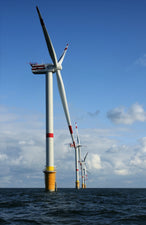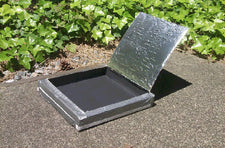Speed of Seismic Waves

For those students who enjoy research and historical data, here's a geology science fair experiment created by Dr. Andrew Olson of Science Buddies. Using data collected and archived by the Berkeley Digital Seismic Network, students will be able to measure how fast seismic waves travel.
Importance of Seismograms
A seismograph detects and records ground motion caused by earthquakes and even large explosions. The output, called a seismogram, displays this movement as a function of time - in short, it shows how long it takes each seismic wave to travel from the earthquake epicenter to the recording station. Using historical seismograms of past earthquakes, students will be able to calculate the wave speed of the quakes by measuring the distance between the two points.
Project Overview
Dr. Olson suggests brushing up on some background terms and information before beginning, learning about tectonic plates, seismology, coordinated universal time, and even the physics of waves. Next, students should begin researching past earthquakes, recording the magnitude, time (in coordinated universal time), and epicenter location. They'll need to find ten to twenty quakes in roughly the same location in order to make a complete analysis. From the seismogram created using the recorded data, students can then find the average velocity.
For tips on using the Berkeley Digital Seismograph Network, reading a seismograph, making proper calculations, drawing conclusions, project variations, and other pertinent details, be sure to visit the full project description at Science Buddies!



















